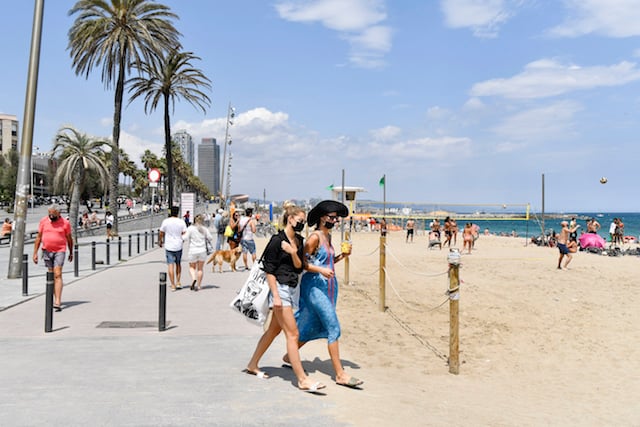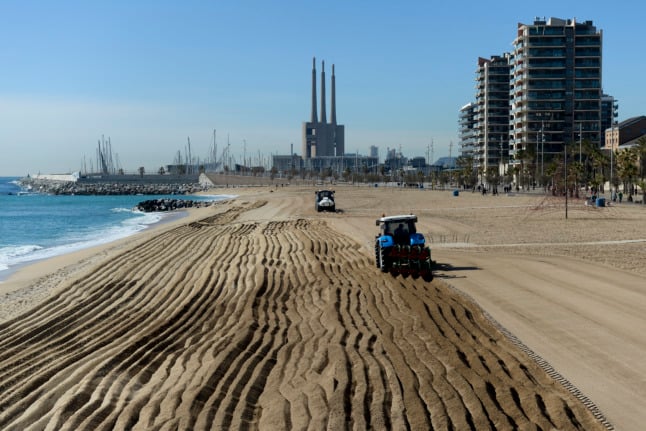Following are the next steps.
Appointment vote
Catalonia's parliament has announced that a first debate on whether to appoint Torra will take place on Saturday, after which lawmakers will vote for or against his candidacy.
Torra needs an absolute majority to get through, and if he doesn't, he will get another opportunity in a second round where he will only need a simple majority, likely to take place on Monday.
There are currently 70 lawmakers in the regional parliament who are pro-independence and 65 against.
But four of the 70 are from the radical anti-capitalist, separatist CUP party which has said it will only vote for Puigdemont — and no one else.
If they decide to abstain, Torra will scrape through in the second round with a simple majority, but if they vote against, he won't succeed.
PROFILE: Quim Torra, the Catalan separatist anointed by Puigdemont

Madrid lifts direct rule
If Torra is appointed president and forms a regional government, Madrid will lift the direct rule it imposed on October 27th when the majority separatist parliament declared independence. It accordance with article 155 of the Constitution, it was designed to rein in rebel regions.
On Friday, Spanish Prime Minister Mariano Rajoy implied that article 155 could be re-used.
“It's a procedure that will be there in the future if necessary,” he warned.
Clash with Madrid
Puigdemont has stressed that his candidate must “respect the mandate of October 1st,” when some 2.2 million Catalans (out of 5.5 million voters) cast their ballot in a referendum on independence despite a court ban — a vote marred by police violence.
Around 90 percent of those who voted chose to split from Spain, according to Catalan separatist authorities.
Puigdemont said Torra would have to “bring back the policies, people and investments that were wrongly suspended or stopped” when Spain's government took control of the semi-autonomous region.
Madrid had sacked around a dozen civil servants and also closed the network of “embassies” that Catalonia had opened to promote independence.
Limited room for manoeuvre
When announcing his successor on Thursday evening, Puigdemont said he would be tasked with “internal governance.”
Puigdemont, meanwhile, wants to create “a Republican council that will be able to express itself freely” from abroad, composed of himself and other allies who are also in self-exile.
The former Catalan leader insists the situation is “temporary,” implying that Torra may one day make way for him.
“We will see whether Quim Torra, once he is in place, will see himself as a provisional president or whether he will develop a taste for the post,” says Oriol Bartomeus, a politics professor at the Autonomous University of Barcelona.
Bartomeus points out that Puigdemont himself was elected Catalan president in January 2016 “to keep (his predecessor) Artur Mas's seat warm.”
The CUP had refused to re-appoint Mas as Catalan president, leading to Puigdemont's designation, but Mas had always thought — wrongly as it turns out — he would come back.
Legal woes
Puigdemont is currently in Berlin where he is waiting for a German court to rule on an extradition demand from Spain, which has charged him with “rebellion,” a crime that carries up to 30 years in jail.
The German court has rejected extraditing him on that charge, but is still deliberating whether to send him back on the lesser charge of misuse of public funds.
Madrid, meanwhile, is contemplating appealing to European courts if it doesn't get its way.
If he avoids extradition, Puigdemont will have to choose between remaining in self-exile or returning to Spain where he would be jailed.





 Please whitelist us to continue reading.
Please whitelist us to continue reading.